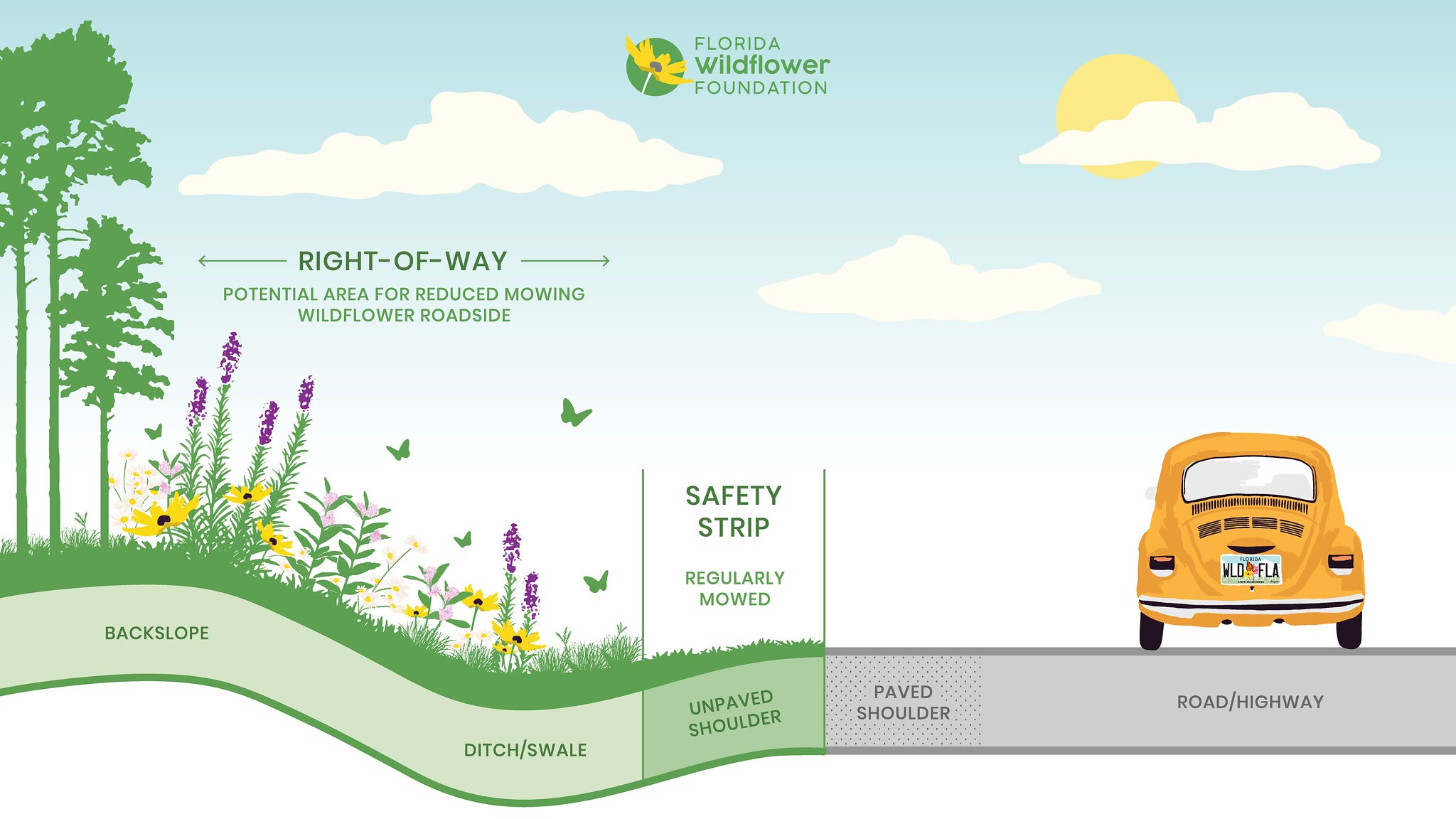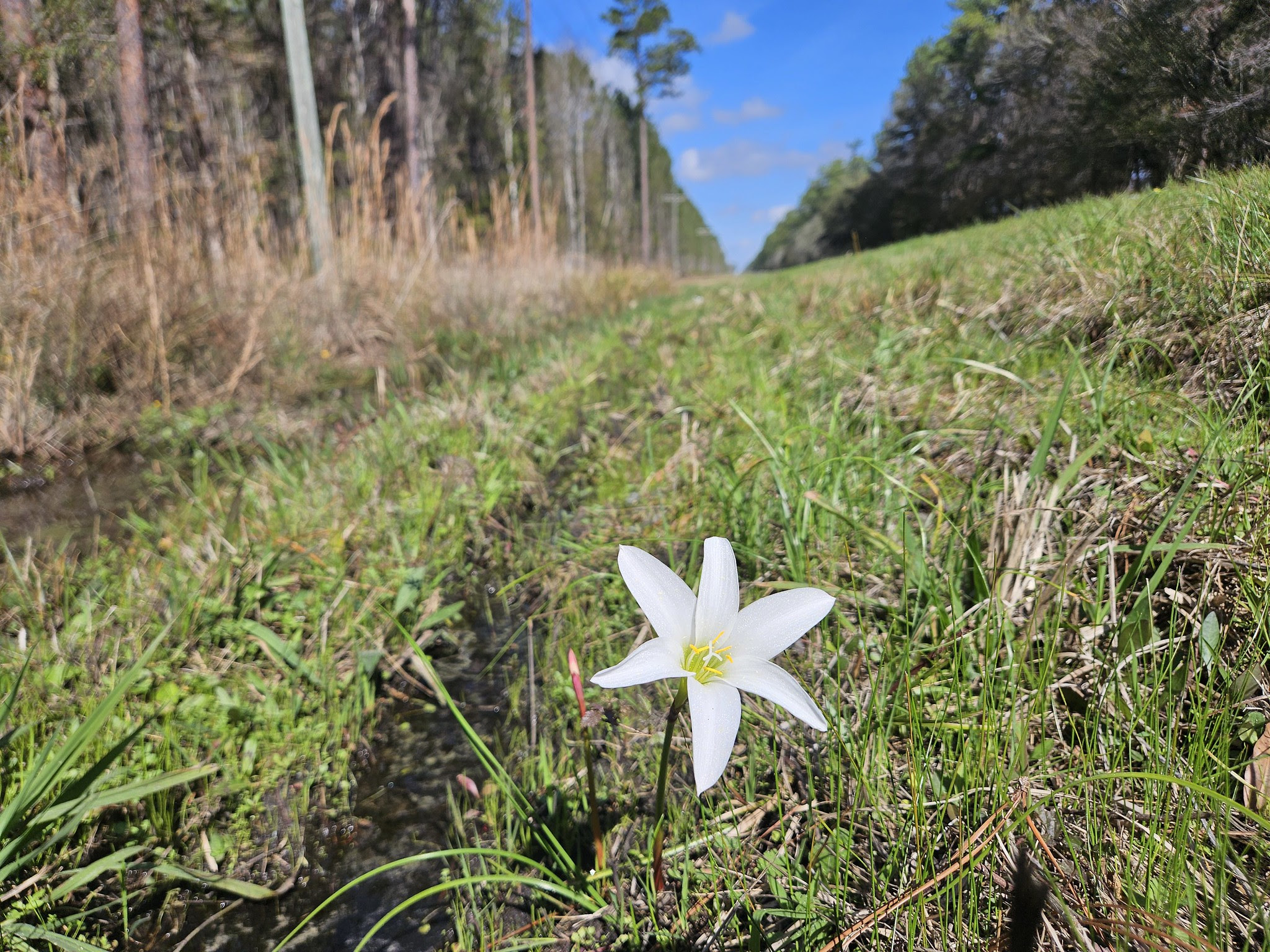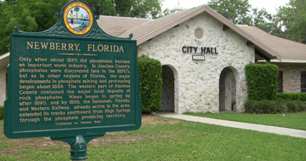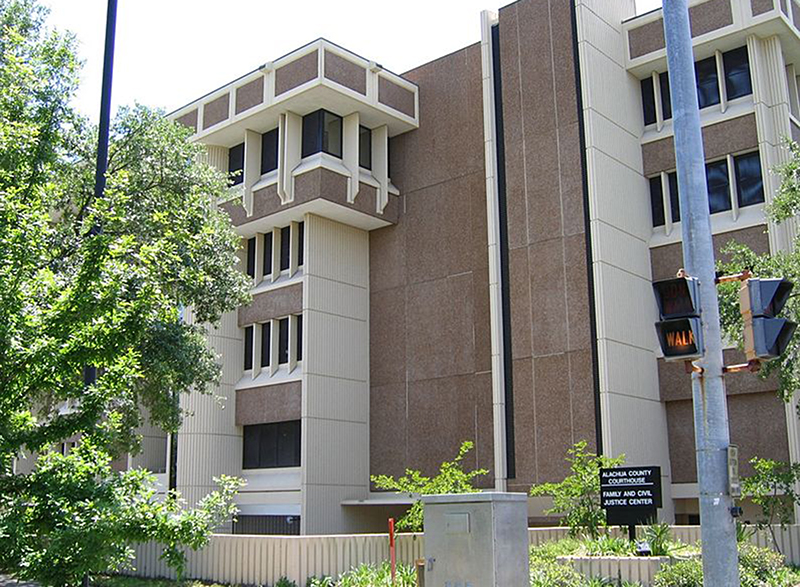HIGH SPRINGS – A couple from Miami led police on a high-speed chase that stretched along Interstate 75 from Lake City to High Springs.
At approximately 5:17 a.m. on Tuesday, Feb. 4, a Florida Highway Patrol Trooper observed a small Sport Utility Vehicle (SUV) that slowed down as it approached him. As the vehicle passed, the Trooper saw the SUV had a temporary tag. The Trooper began following the vehicle, which slowed down to 55 mph in a 70 mph zone. The Trooper caught up to the SUV and noticed that there was a second paper temporary tag under the top one. He checked the number on the top tag and was advised that it was not a valid tag.
The trooper reported that the SUV drifted into the middle lane and then back into the right lane. Based on the traffic violations, unable to maintain a single lane, and improper tag display, the trooper activated his lights and siren and conducted a traffic stop. The SUV pulled over at about the 424 mile marker, and as he walked by the tag, the trooper noted that it had expired on January 30.
The trooper reported that he spoke with 51-year-old Dimy Paraison, the driver, and 43-year-old Keeshanda Teresa Johnson, the passenger. He asked Paraison for his driver’s license and asked where they were coming from. He said neither answered him. Johnson opened a bottle of water and started drinking. Paraison held out his license, and the trooper reported that as he reached across Johnson to get the license, he smelled raw marijuana inside the SUV.
Paraison allegedly pulled his hand back without giving the Trooper his license. He then put the car in Drive and fled northbound on I-75 at a high speed and exited at U.S. Highway 90, where he ran a red light and made a left turn. As the SUV turned toward the southbound ramp onto I-75, the trooper attempted a PIT maneuver, which caused the SUV to rotate into the median before backing across U.S. Hwy 90. The SUV reportedly came to a stop, and the trooper got out of his patrol car with his firearm drawn and ordered the occupants out of the SUV.
The occupants allegedly drove away, made a U-turn, and entered I-75 on the southbound ramp. The trooper attempted a second PIT maneuver but did not complete it because of the presence of other vehicles on the ramp.
The trooper conducted another PIT maneuver while the vehicles were traveling southbound on I-75, causing the SUV to rotate into the center median and hit the patrol car. However, Paraison allegedly drove away and continued southbound at speeds of over 100 mph, weaving across the lanes.
As they approached the 406 mile marker, the trooper reportedly maneuvered his patrol vehicle in front of the SUV to slow it down, allowing another trooper to conduct a PIT maneuver. At this time, the SUV went into the ditch on the west shoulder. Paraison allegedly tried to get back onto the interstate and drive northbound in the southbound lanes, but the trooper conducted another PIT maneuver that sent the SUV into the edge of the tree line.
The trooper drew his firearm and ordered the occupants to get out of the SUV. Paraison allegedly tried to open the driver’s side door to flee on foot, but the door was stuck.
With the assistance of the second trooper, Paraison and Johnson were detained and were medically cleared before being transported to the jail.
A search of the vehicle reportedly produced 960 grams of marijuana. Another package reportedly contained cylinder-type bundles that were about three to four inches long and two inches in diameter and contained about 169 grams of K-2, a synthetic cannabinoid, and tongue strips. The trooper noted that the cylinders were similar to those used to introduce contraband into detention facilities by concealing them in the genital area.
Another package reportedly contained more tongue strips, which tested positive for PCP. The trooper noted, “These type of illegal tongue strips are extremely popular in the prison/jail systems.”
The search also reportedly produced a box of Buprenorphine and Naloxone sublingual film with no prescription label, a digital scale, a box containing 305 cigarettes, and 10 cartons of cigarettes.
Post Miranda, Johnson reportedly claimed ownership of everything in the car, including the illegal narcotics.
The trooper reported that the temporary tag on the SUV belonged to a different vehicle and that Paraison’s driver’s license had been suspended since 2022.
Johnson has been charged with nine felonies and one misdemeanor: possession of more than 10 grams of a controlled substance, possession of a Schedule I substance with intent to sell, attempting to smuggle contraband into a prison, possession of a controlled substance with intent to sell, four counts of possession of a controlled substance without a prescription, possession of drug equipment with intent to manufacture and resisting an officer without violence.
Johnson has four felony convictions and one violent and two non-violent misdemeanor convictions.
Bail was set at $470,000 by Judge Meshon Rawls.
Paraison has been charged with 10 felonies and three misdemeanors; on top of Johnson’s charges. He was also charged with fleeing with lights and sirens active, driving without a valid license with a previous conviction and having a tag that is not assigned to his vehicle. He is a Career Offender who has 21 felony convictions, seven of which were violent, and seven misdemeanor convictions and has served six state prison sentences, with his most recent release in 2019.
Bail was set by Judge Rawls at $535,000.
# # #
Email cwalker@
alachuatoday.com
 Information about Florida wildflowers:
Information about Florida wildflowers:







